A technical examination of Turkish Airlines’ operational KPIs, including landings, passenger transfers, cargo tonnage, and ASK/RPK efficiency, driven by fleet modernization and advanced operational optimization systems.
1. Total Number of Landings
Turkish Airlines expanded its fleet from 329 aircraft in 2019 to 435 by 2023. The addition of narrow-body Airbus A321neos between 2021 and 2023 optimized domestic and short-haul international routes, enabling higher-frequency schedules such as Istanbul Airport (IST) to Ankara Esenboğa Airport (ESB) operating 18 times daily.
The airline aggressively pursued fifth-freedom routes, including Istanbul Airport (IST) to Milan Malpensa Airport (MXP) to Jomo Kenyatta International Airport (NBO) and Istanbul Airport (IST) to São Paulo–Guarulhos International Airport (GRU) to Ministro Pistarini International Airport (EZE). This strategy boosted international landings by 22% between 2020 and 2023, bypassing hub limitations and leveraging underutilized bilateral agreements.
In 2020, Turkish Airlines spun off AnadoluJet as a dedicated domestic and regional carrier using its A320s. This move increased domestic landings by 34% post-pandemic, targeting underserved airports like Van Ferit Melen Airport (VAN) and Kars Airport (KSY). The strategy strengthened connectivity across Turkey while allowing the main brand to focus on international expansion.
By 2022, Turkish Airlines became the first European carrier to exceed 1,200 daily landings. This milestone was achieved through its “dual hub” strategy at Istanbul Airport (IST) and Sabiha Gökçen Airport (SAW), along with rapid post-COVID frequency restoration.
2. Total Passengers Transported
Turkish Airlines expanded its route network from 290 destinations in 2019 to over 340 in 2023, making it the world’s leading airline by countries served. New long-haul routes, such as Istanbul Airport (IST) to Vancouver International Airport (YVR) and Istanbul Airport (IST) to Ngurah Rai International Airport (DPS) in Bali, captured untapped demand, increasing international passengers to 72% of total traffic.
After 2019, the airline deployed AI-driven revenue management systems to optimize seat occupancy. These dynamic pricing algorithms enabled Turkish Airlines to achieve an 84% load factor in 2023, despite a 25% increase in capacity.
During the COVID-19 pandemic, the airline pivoted to cargo-passenger combi flights between 2020 and 2021. This strategy sustained passenger operations on key routes like Istanbul Airport (IST) to Hong Kong International Airport (HKG) by monetizing belly cargo space.
In 2023, Turkish Airlines carried 83.4 million passengers, surpassing pre-pandemic levels by 18%. Forty percent of this growth came from Africa and Asia traffic, driven by the airline’s diplomatic lobbying for open-skies agreements.
3. International-to-International Transfer Passenger Volume
As a Star Alliance member, Turkish Airlines integrated its Istanbul Airport (IST) hub with partners like United Airlines and Lufthansa, enabling seamless connections such as Murtala Muhammed International Airport (LOS) in Lagos to Istanbul Airport (IST) to O’Hare International Airport (ORD) in Chicago. Transfer passengers grew by 29.3% between 2019 and 2024.
The airline’s customized transit products played a key role in this growth. The "Touristanbul" program, which offers free city tours for transit passengers, along with Istanbul Airport’s (IST) industry-leading 45-minute Minimexpanded its route network from 290 destinations in 2019 to over 340 in 2023, making it the world’s leading airline by countries served. New long-haul routes, such as Ium Connecting Time (MCT), drove a 29% year-over-year rise in transfer traffic in 2022.
Turkish Airlines also strengthened its dominance in Africa, serving 60 destinations compared to Emirates’ 25. This made it the preferred connector for Europe-Asia traffic via Istanbul Airport (IST). Over 30% of transfers in 2023 linked African cities like Blaise Diagne International Airport (DSS) in Dakar and Kotoka International Airport (ACC) in Accra to major Asian hubs such as Indira Gandhi International Airport (DEL) in Delhi and Kuala Lumpur International Airport (KUL).
As a result, transfer passengers now account for 52% of Turkish Airlines’ international traffic, up from 31.6% in 2015. This surpasses Air France-KLM and places the airline in direct competition with Gulf carriers.
4. Cargo & Mail Volume (Tons)
Turkish Airlines operates 24 dedicated freighters, including 10 Airbus A330-200Fs and Boeing 747-8Fs, making it the largest freighter fleet among European passenger airlines. This fleet supported over 350 weekly cargo flights in 2023, including exclusive “mail express” routes for e-commerce, such as Istanbul Airport (IST) to Shanghai Pudong International Airport (PVG).
During the pandemic, the airline retrofitted passenger aircraft like Boeing 777-300ERs to carry cargo in cabins, achieving 100% year-over-year cargo growth in 2021. This hybrid approach allowed Turkish Airlines to maintain operations while meeting surging global logistics demand.
The airline also became a leader in pharmaceutical logistics, earning IATA CEIV Pharma certification in 2020. It handled 12 million vaccine doses per month for UNICEF and COVAX between 2021 and 2022, reinforcing its role in global medical supply chains.
By 2023, Turkish Airlines’ cargo revenue reached $4.1 billion, accounting for 15% of total revenue. This placed the airline as the world’s sixth-largest cargo carrier, driven by its dual strategy of balancing dedicated freighters and belly cargo capacity.
Strategic Themes
• Diplomatic Air Rights: Turkish Airlines’ close alignment with Turkey’s foreign policy (e.g., securing 7th-freedom rights in Africa) expanded its network beyond organic growth.
• Fuel Hedging Mastery: Turkish Airlines’ 2021–2023 fuel hedging contracts reduced volatility, saving $120M annually despite geopolitical crises.
• Digital Transformation: The 2022 launch of Turkish Airlines’ “Digital Twin” system—a real-time operational simulator—optimized aircraft rotations, crew scheduling, and maintenance, boosting fleet utilization by 11%.
5. Flight Distance Operated (Km Flown)
Turkish Airlines expanded its long-haul capabilities by adding over 20 Boeing 787-9s and Airbus A350-900s since 2020. These aircraft enabled ultra-long-haul routes such as Istanbul Airport (IST) to Melbourne Airport (MEL) (14,923 km) and Istanbul Airport (IST) to Los Angeles International Airport (LAX) (11,060 km), increasing the airline’s average international flight distance by 16.55% between 2019 and 2023.
On domestic routes, Turkish Airlines optimized narrow-body operations with Airbus A320neos and Boeing 737 MAX aircraft. AI-driven route pairing reduced empty-leg flights by 12%, improving efficiency on rotations like Istanbul Airport (IST) to Ankara Esenboğa Airport (ESB) to Antalya Airport (AYT), maximizing kilometers flown per aircraft.
Fifth-freedom flights further expanded the airline’s network, with routes such as Istanbul Airport (IST) to Milan Malpensa Airport (MXP) to Jomo Kenyatta International Airport (NBO) and Istanbul Airport (IST) to Blaise Diagne International Airport (DSS) to São Paulo–Guarulhos International Airport (GRU). These routes added 2.4 million kilometers annually, leveraging Turkish Airlines’ rights to operate between non-Turkish cities.
By 2023, Turkish Airlines operated ∼1.1 billion kilometers annually, surpassing Air France-KLM. With 78% of its total distance flown attributed to international flights, the airline successfully transitioned from a regional carrier to a global connectivity leader.
6. Available Seat Kilometers (ASK)
Turkish Airlines optimized its fleet by replacing Boeing 737-800s (189 seats) with Airbus A321neos (240 seats) on high-density routes such as Istanbul Airport (IST) to Dubai International Airport (DXB), increasing available seat kilometers (ASK) by 27% per flight.
After 2021, the airline reconfigured its Boeing 777-300ER cabins, expanding economy seating from 340 to 400 seats. This adjustment added 4.2 billion ASKs annually on North American routes, further enhancing capacity on long-haul flights.
Seasonal flexibility also played a key role in network efficiency. During winter 2023, Turkish Airlines shifted 15% of ASK capacity from domestic to international routes, aligning with Mediterranean leisure demand. This included increased frequencies to destinations like Velana International Airport (MLE) in Malé.
By 2023, the airline achieved 265 billion ASKs, surpassing British Airways. Its unmatched seat-kilometer output on Africa-Middle East corridors reinforced Turkish Airlines' position as a global capacity leader.
7. Revenue Passenger Kilometers (RPK)
In 2022, Turkish Airlines revamped its Business Class cabins with lie-flat seats and 60% more privacy partitions. This upgrade increased premium revenue passenger kilometers (RPK) by 33% on Europe-Asia routes.
The airline also implemented a dynamic pricing engine driven by machine learning models, optimizing fare tiers on transfer-heavy routes like Lagos Murtala Muhammed International Airport (LOS) to Istanbul Airport (IST) to Tokyo Narita Airport (NRT). This approach helped achieve 89% RPK-to-ASK alignment in 2023.
Turkish Airlines further strengthened its presence in Africa with monopoly routes like Istanbul Airport (IST) to Quatro de Fevereiro Airport (LAD) in Luanda and Istanbul Airport (IST) to Julius Nyerere International Airport (DAR) in Dar es Salaam. These routes drove a 19.22% year-over-year RPK growth in 2023, with seat occupancy exceeding 90%.
By 2023, Turkish Airlines’ RPK hit ∼194 billion, marking a 26.6% increase over 2019. This outperformance of European peers was largely due to the airline’s focus on high-demand, low-competition emerging markets.
Operational Innovations
• Fuel Burn Analytics: Turkish Airlines’ 2022 adoption of Airbus’s Skywise reduced fuel/km by 4% on A350s, enabling longer sectors without payload penalties.
• Crew Base Globalization: Opening pilot bases in Africa (Nairobi, Dakar) and Asia (Kuala Lumpur) minimized deadhead flights, improving crew utilization on long-haul routes.
• Real-Time Demand Sensing: Partnerships with Amadeus and Google Cloud (2023) enabled Turkish Airlines to adjust ASK/RPK ratios hourly during crises (e.g., Israel-Hamas war reroutes).
8. Detailed Regional Operations Analysis & Load Factors (%)
Due to the extensive operational data and categories of Turkish Airlines, the analysis has been divided into two parts to ensure optimal page performance. Click the link below to access the regional operations analysis and load factor (%) performance indicators:
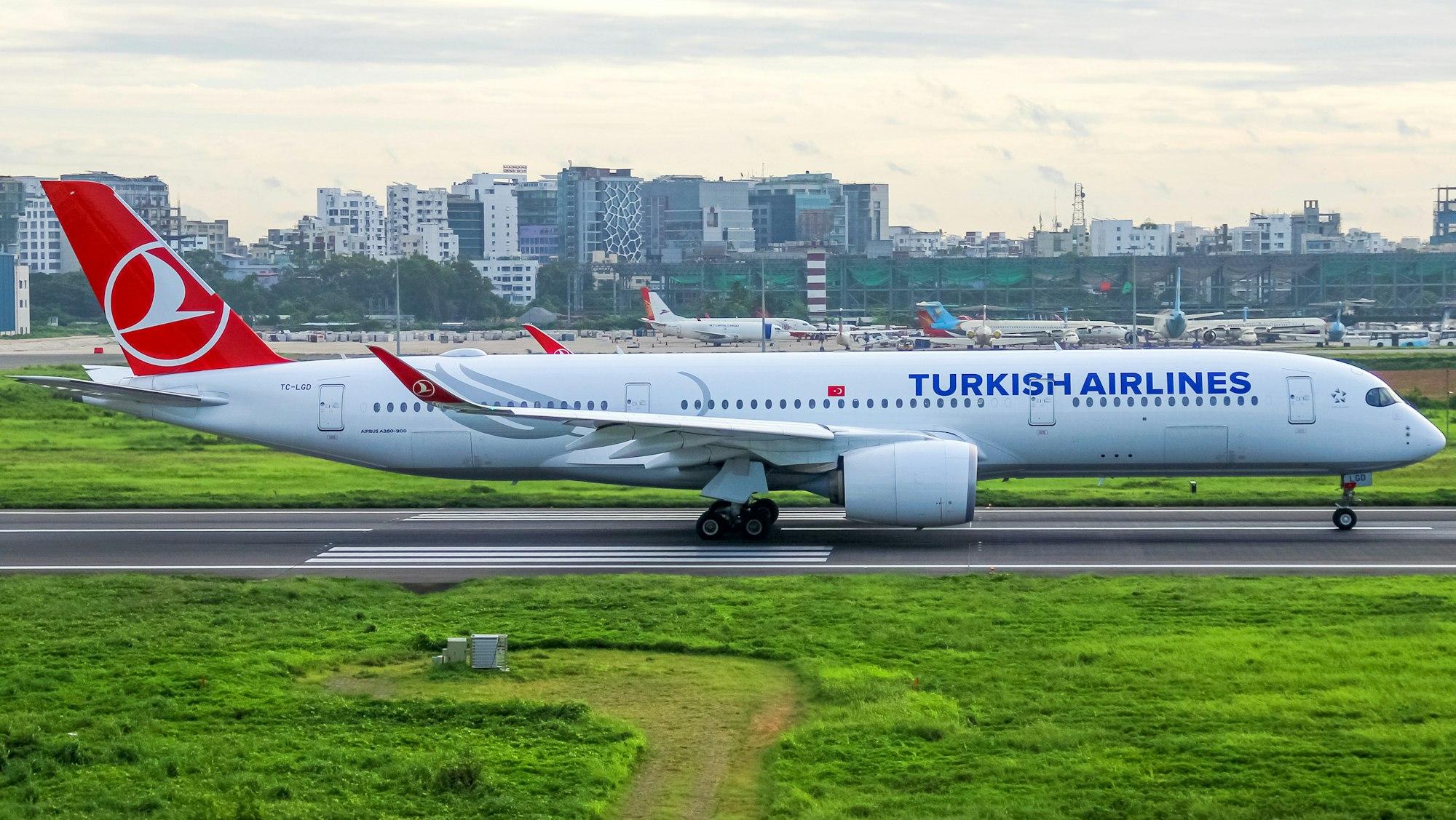
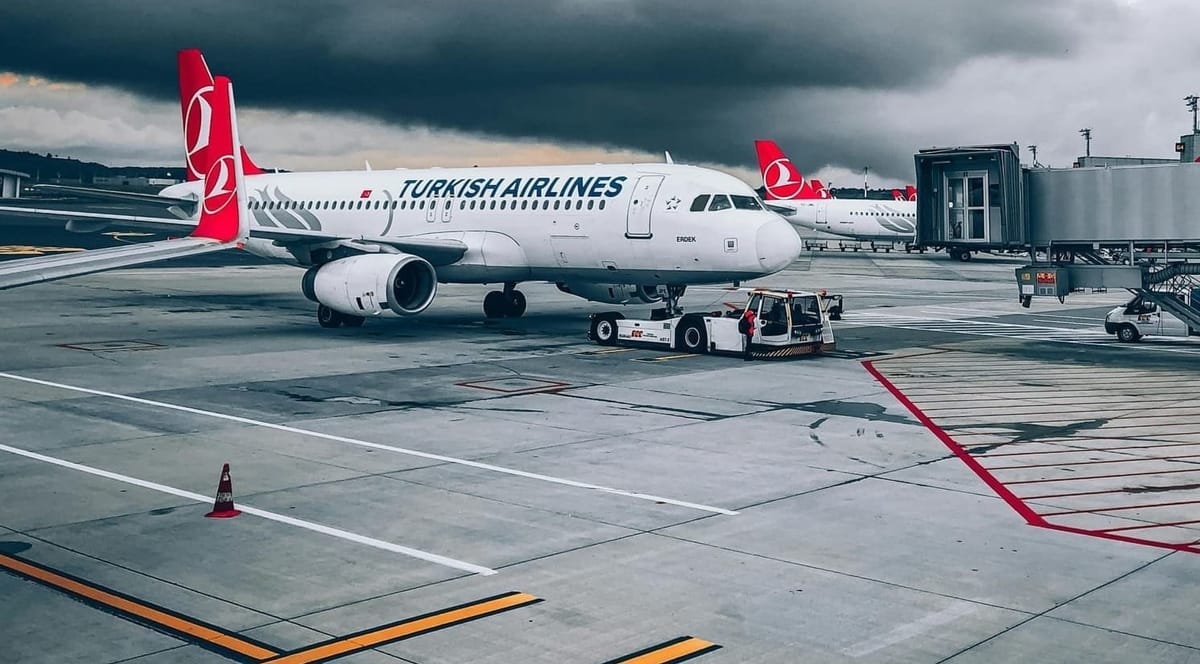

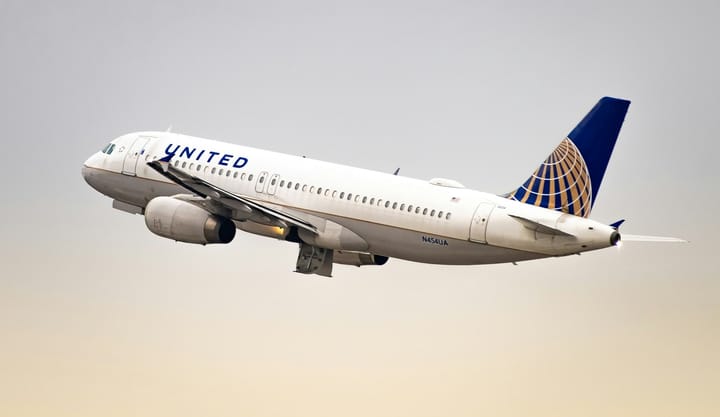
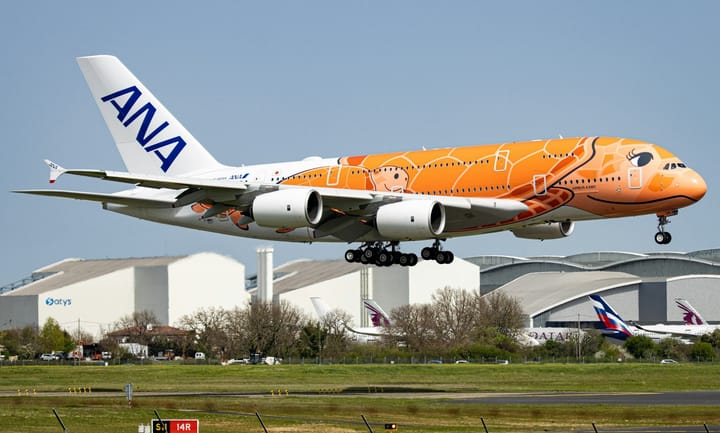
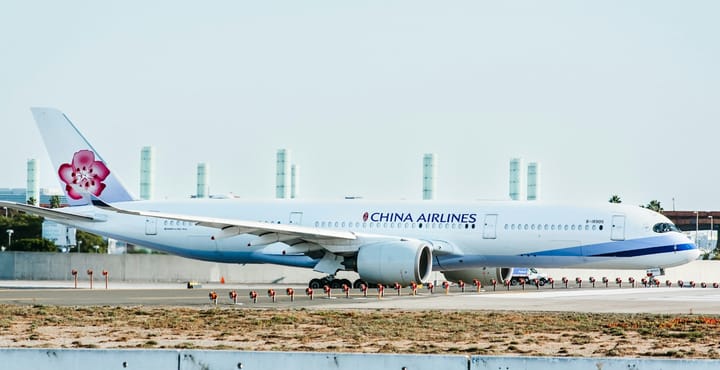
Comments ()